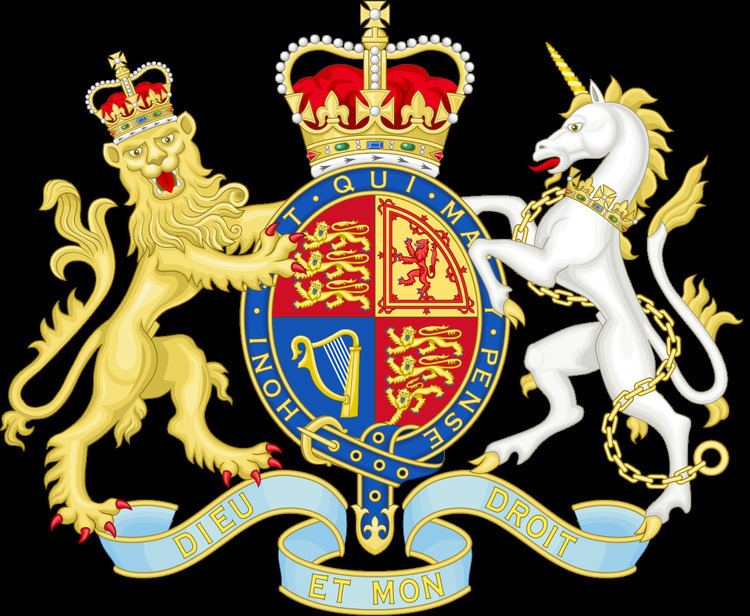Citation 45 & 46 Vict. c.75 Royal assent 18 August 1882 | Territorial extent England and Wales Commencement 1 January 1883 | |
 | ||
Long title An act to consolidate and amend the law relating to the property of married women. Amended by Law Reform (Married Women and Tortfeasors) Act 1935Theft Act 1968Poor Law Act 1927Law Reform (Husband and Wife) Act 1962 | ||
The Married Women's Property Act 1882 (45 & 46 Vict. c.75) was an Act of the Parliament of the United Kingdom that significantly altered English law regarding the property rights of married women, which besides other matters allowed married women to own and control property in their own right.
Contents
The Act applied in England (and Wales) and Ireland (after Irish independence in 1922, only Northern Ireland), but did not extend to Scotland. The Married Women’s Property Act was a model for similar legislation in other British territories. For example, Victoria passed legislation in 1884, New South Wales in 1889, and the remaining Australian colonies passed similar legislation between 1890 and 1897.
English women's property rights
English law defined the role of the wife as a ‘feme covert’, emphasizing her subordination to her husband, and putting her under the ‘protection and influence of her husband, her baron, or lord’. Upon marriage, the husband and wife became one person under the law, as the property of the wife was surrendered to her husband, and her legal identity ceased to exist. Any personal property acquired by the wife during the marriage, unless specified that it was for her own separate use, went automatically to her husband. If a woman writer had copyright before marriage, the copyright would pass to the husband afterwards, for instance. Further, a married woman was unable to draft a will or dispose of any property without her husband’s consent.
Women were often limited in what they could inherit. Males were more likely to receive real property (land), while females with brothers were sometimes limited to inherited personal property, which included clothing, jewellery, household furniture, food, and all moveable goods. In an instance where no will was found, the English law of primogeniture automatically gave the oldest son the right to all real property, and the daughter only inherited real property in the absence of a male heir. The law of intestate primogeniture remained on the statute books in Britain until the 1925 property legislation simplified and updated England's archaic law of real property.
Aware of their daughters’ unfortunate situation, fathers often provided them with dowries or worked into a prenuptial agreement pin money, the estate which the wife was to possess for her sole and separate use not subject to the control of her husband, to provide her with an income separate from his.
In contrast to wives, women who never married or who were widowed maintained control over their property and inheritance, owned land and controlled property disposal, since by law any unmarried adult female was considered to be a feme sole. Once married, the only way that women could reclaim property was through widowhood.
The dissolution of a marriage, whether initiated by the husband or wife, usually left the divorced females impoverished, as the law offered them no rights to marital property. The 1836 Caroline Norton court case highlighted the injustice of English property laws, and generated enough support that eventually resulted in the Married Women’s Property Act.
The Act
After years of political lobbying, the Married Women’s Property Act addressed the grievances presented by English women. The Act altered the common law doctrine of coverture to include the wife’s right to own, buy and sell her separate property. Wives' legal identities were also restored, as the courts were forced to recognize a husband and a wife as two separate legal entities, in the same manner as if the wife was a feme sole. Married women’s legal rights included the right to sue and be sued. Any damages a wife might pay would be her own responsibility, instead of that of her husband. Married women were then also liable for their own debts, and any outside trade they owned was subject to bankruptcy laws. Further, married women were able to hold stock in their own names.
As of 2016, most of the Act has been repealed. The remaining sections are ss. 6, 10, 11 & 17. Of these, one of the more important was s. 11, which provided that a widow could in her own right enforce her late husband's life assurance policy. (Also, the Contracts (Rights of Third Parties) Act 1999 enables both men and women to enforce contracts drawn up by others for their benefit).
